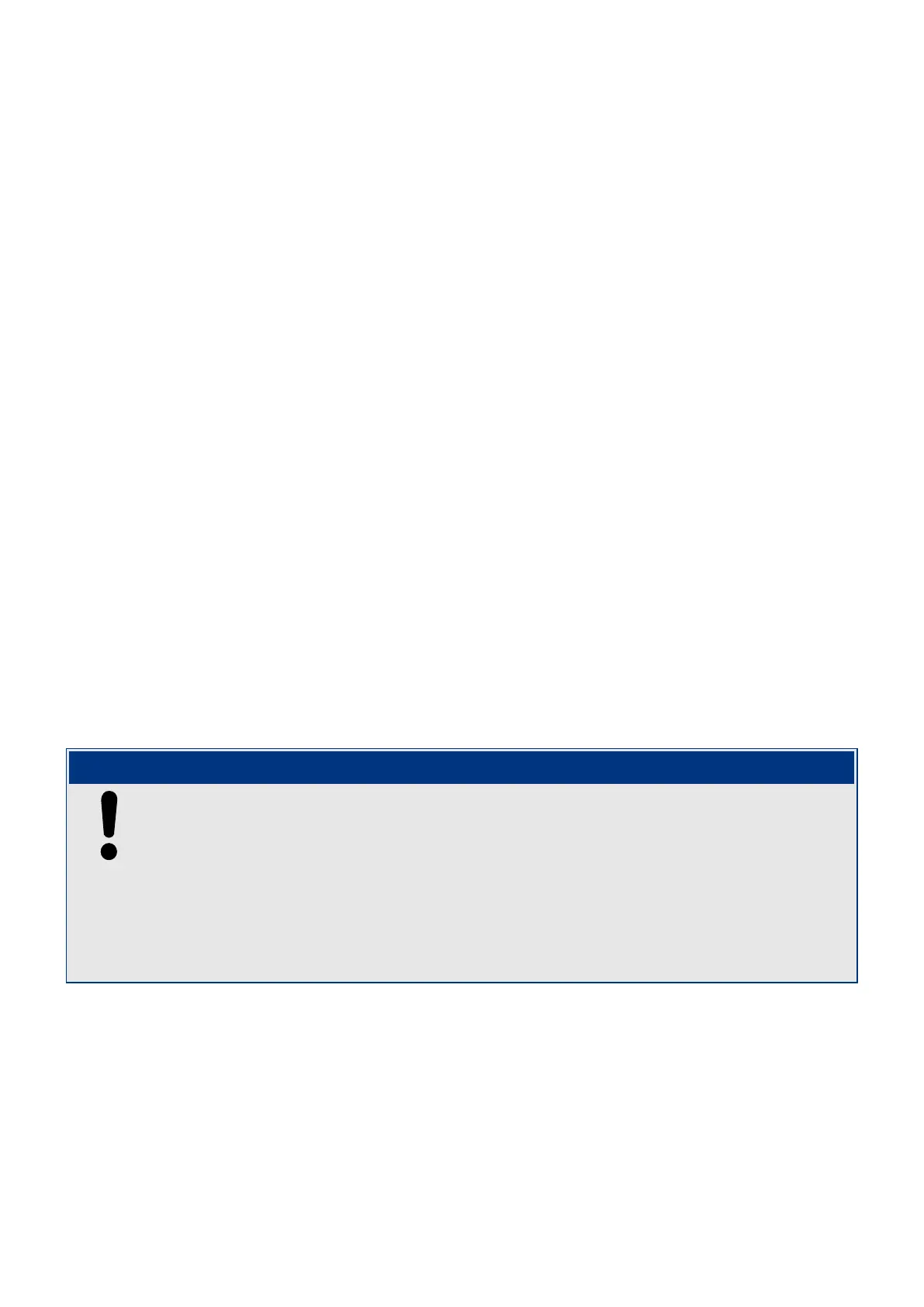4.12 CBF – Circuit Breaker Failure [50BF, 62BF]
4.12.1
Principle – General Use
The »CBF« module is used to provide backup protection in the event that a breaker fails to
operate properly during fault clearing. This signal is to be used to trip the upstream breaker
(e.g. infeed of a busbar) either via an output relay or via Communication (SCADA).
The WIC1 detects a breaker failure based on the measured phase currents (ANSI/IEEE
C37.2 50BF) and/or on the position indicators of the breaker (ANSI/IEEE C37.2 62BF – if
supported by the WIC1 variant).
• A supervision timer is started as soon as the »CBF« module is triggered by a trip•
signal. A Breaker Failure is detected and an alarm signal »CBF . Alarm« is issued if
the breaker is not determined as “open” within the set time.
•
The criteria that are used for determining the breaker state are described in ╚═▷
•
“Criteria for Determining the Switchgear Position”.
Trigger
• Prot . TripCmd — The Trip Command triggers the »CBF« module. (See ╚═▷•
“4.1 »Prot« – General Protection Module” and, in particular, the signal (52) in ╚═▷
Fig. 39.)
Start/Trigger of the CBF Timer
The setting [Protection Para / CBF] »CBF . t-CBF« denes a supervision time: The timer is
started once the CBF module is triggered. Even if the trigger signal drops again, this timer
continues. If the timer elapses (before it gets stopped by the breaker having successfully
opened), the »CBF« module issues an alarm. This alarm signal is to be used to trip the
upstream breaker (backup).
NOTICE!
In order to prevent a faulty alarm of the »CBF« Module, the supervision time
»CBF .
t-CBF« must be greater than the sum of:
• Operating time of the WIC1•
• + The close-open time of the breaker (please refer to the technical data of the•
manufacturer of the breaker)
• + Drop o time (current- or position indicators)•
• + Security margin.•
172 WIC1 WIC1-1.0-EN-MAN
4 Protective Elements
4.12 CBF – Circuit Breaker Failure [50BF, 62BF]

